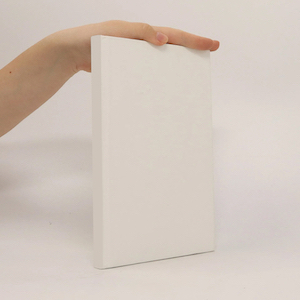
Parameter
Kategorien
Mehr zum Buch
Historical linguistic theory and practice consist of a large number of chronological „layers“ that have been accepted in the course of time and have acquired a permanence of their own. These range from neogrammarian conceptualizations of sound change, analogy, and borrowing, to prosodic, lexical, morphological, and syntactic change, and to present-day views on rule change and the effects of language contact. To get a full grasp of the principles of historical linguistics it is therefore necessary to understand the nature of each of these „layers“. This book is a major revision and reorganization of the earlier editions and adds entirely new chapters on morphological change and lexical change, as well as a detailed discussion of linguistic palaeontology and ideological responses to the findings of historical linguistics to this landmark publication.
Buchkauf
Principles of historical linguistics, Hans Henrich Hock
- Sprache
- Erscheinungsdatum
- 1986
Lieferung
Zahlungsmethoden
Feedback senden
- Titel
- Principles of historical linguistics
- Sprache
- Englisch
- Autor*innen
- Hans Henrich Hock
- Verlag
- Mouton de Gruyter
- Erscheinungsdatum
- 1986
- ISBN10
- 3110110687
- ISBN13
- 9783110110685
- Kategorie
- Literaturwissenschaft
- Beschreibung
- Historical linguistic theory and practice consist of a large number of chronological „layers“ that have been accepted in the course of time and have acquired a permanence of their own. These range from neogrammarian conceptualizations of sound change, analogy, and borrowing, to prosodic, lexical, morphological, and syntactic change, and to present-day views on rule change and the effects of language contact. To get a full grasp of the principles of historical linguistics it is therefore necessary to understand the nature of each of these „layers“. This book is a major revision and reorganization of the earlier editions and adds entirely new chapters on morphological change and lexical change, as well as a detailed discussion of linguistic palaeontology and ideological responses to the findings of historical linguistics to this landmark publication.

